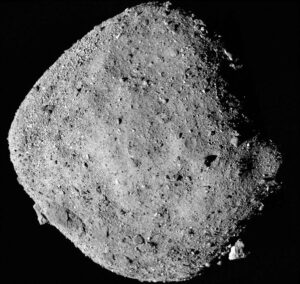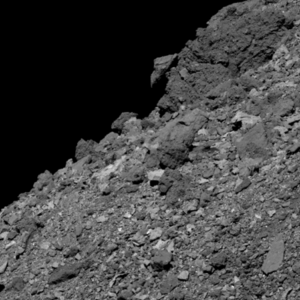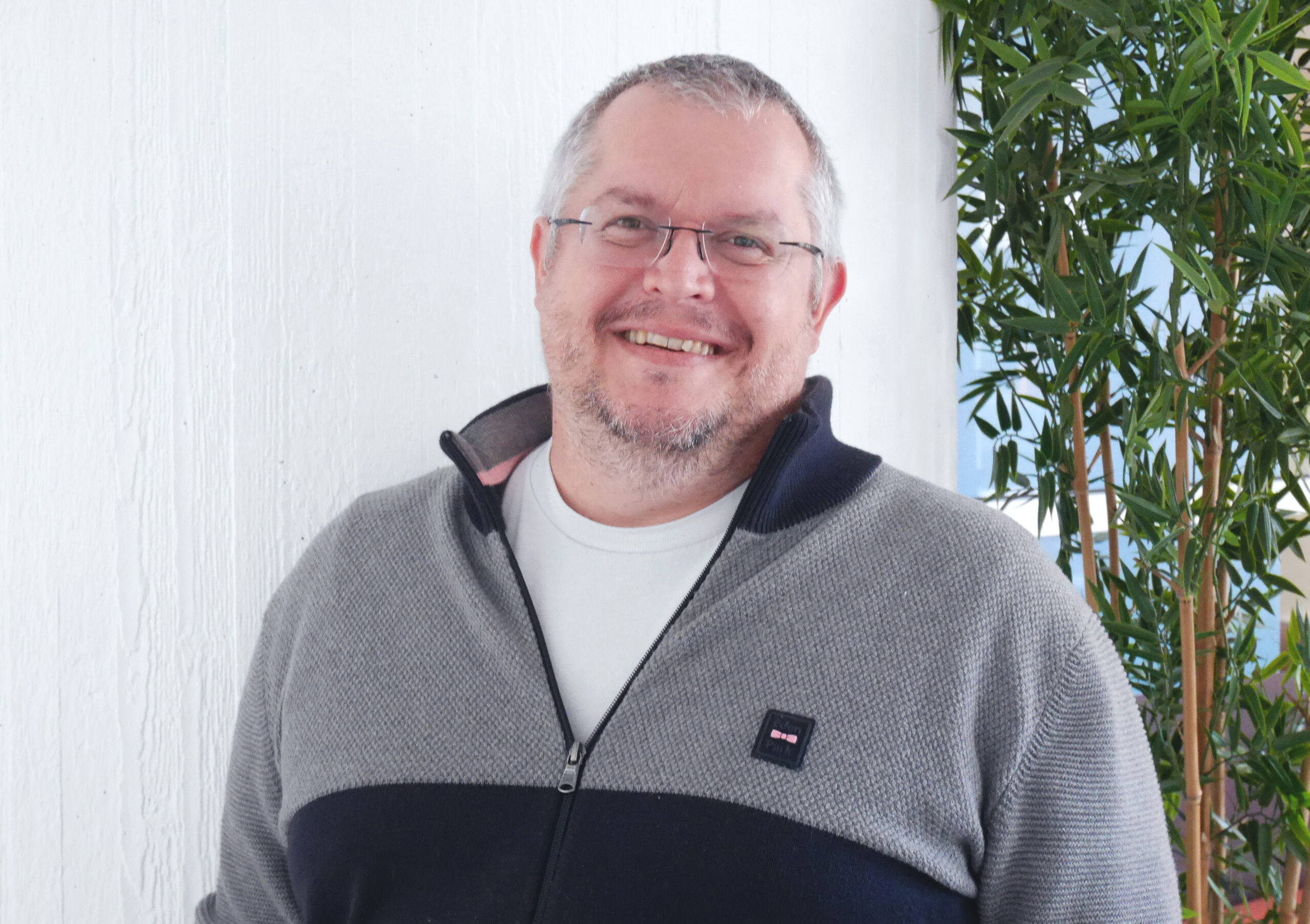Exploring space from Earth through thermal modeling of asteroids


Observing an asteroid millions of kilometers away is a technical feat. But understanding its surface and thermal properties without setting foot on it? That’s a scientific challenge. This is precisely where this collaboration comes in: modeling with very high precision the transfer of heat in regolith, the layers of dust and pebbles that cover celestial bodies without an atmosphere, such as the Moon or asteroids.
Regolith is much more than just a pile of rubble; it is a key indicator of the physical properties of a celestial body’s surface and its history. By digitally simulating how heat—mainly from solar radiation—propagates through these materials, researchers can deduce their composition, internal structure, and ability to store or diffuse energy.
This simulation work not only helps interpret data collected by space missions, but also anticipates the challenges that future exploration and exploitation missions will face in their ability to collect and return samples to Earth or analyze them on site.
The temperature on the surface of an asteroid can fluctuate greatly, sometimes over very short periods of time. Understanding how these temperature variations propagate beneath the surface is crucial for several reasons:
This field therefore lies at the intersection of fundamental science, planetary defense, and technological innovation.

Mosaic image of Bennu, composed of 12 PolyCam images collected on December 2, 2018, by the OSIRIS-Rex spacecraft, at a distance of approximately 24 km. © NASA/Goddard/University of Arizona. Domaine public CC0.
To meet this challenge, Marc Bernacki’s team is using high-fidelity modeling. This means that researchers reproduce physical phenomena as closely as possible to reality, taking into account multiple parameters such as particle size and shape, soil porosity, and the radiative and conductive properties of materials.
In concrete terms, this involves creating a “digital” regolith, composed of millions of grains with varying properties, over which heat similar to that provided by the Sun is circulated. Thanks to the power of high-performance computing (HPC), researchers can then track, second by second, how the temperature and therefore the thermal signature of these objects evolve based on assumptions made about their surface structure. The ultimate arbiter is the remote thermal signature measurements we have for these objects.
Among the key publications resulting from this work is that of A. J. Ryan et al. in The Planetary Science Journal (2024), which analyzes the thermal characteristics of the OSIRIS-REx mission’s sampling site on the asteroid Bennu. These studies show that some regoliths have extremely low thermal inertia—a phenomenon that can only be explained by detailed modeling.
NASA’s OSIRIS-REx mission, launched in 2016, collected a sample of Bennu’s regolith in 2020 and brought it back to Earth in September 2023. This is a real scientific treasure trove. Thanks to the images, thermal measurements, and samples collected, researchers were able to compare their models with real data.
As a result, the models based on CEMEF codes have made it possible to critique some of the simplified thermal models currently in use. For example, Bennu’s rocks appear to be very porous and fragmented, which explains their low heat storage capacity. A better understanding of these issues is crucial for planning future missions to asteroids to collect samples or, more generally, to improve remote analysis of regolith.

Surface of the asteroid Bennu, covered with rocky blocks forming regolith. This image, captured by the PolyCam camera on the OSIRIS-REx spacecraft on April 11, 2019, from a distance of 4.5 km, shows an area 64.4 m wide, with an imposing 15.4 m high rock in the upper right. © NASA/Goddard/University of Arizona – CC BY-NC 2.0
Why is this project part of the Mines Paris Research Day “Energy Transition” challenge? Because it’s not just about exploring space. The digital tools, thermal models and simulation techniques used can be reused in other contexts: solid batteries, additive manufacturing, powder metallurgy, insulating materials, and complex energy systems.
Furthermore, anticipating potential resources in space (water, metals, etc.) is part of long-term thinking about future energy needs. Finally, this research contributes to the rise of lean and efficient digital engineering capable of meeting the major challenges of tomorrow, both on Earth and elsewhere.
This project embodies the ambition of Mines Paris – PSL: to combine scientific excellence, digital innovation, and international partnerships. This project brought together an interdisciplinary team involving the Université Côte d’Azur, NASA, the University of Arizona, and other major players in space research. The collaboration continues today with a focus on improving our understanding of lunar soil.
This research dynamic, which was recognized at Mines Paris Research Day 2025, shows that great explorations often begin… in a computer. And that materials science, although focused on Earth, can also help us better understand the universe.

Marc Bernacki, professor at the CEMEF of Mines Paris – PSL and head of the MSR (Métallurgie microStructure Rhéologie) team, has been awarded the SF2M’...